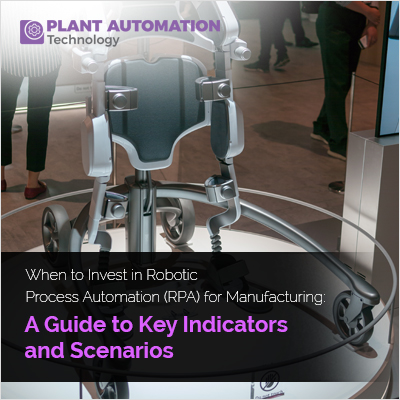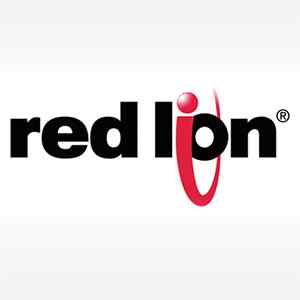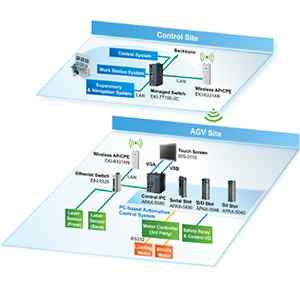When to Invest in Robotic Process Automation (RPA) for Manufacturing: A Guide to Key Indicators and Scenarios

Introduction:
In the dynamic realm of manufacturing, enterprises are consistently in pursuit of inventive solutions to amplify efficiency, cut down costs, and uphold competitiveness. Within this landscape, Robotic Process Automation (RPA) has surfaced as a revolutionary technology, providing substantial benefits in the optimization of manufacturing processes. Nevertheless, determining the opportune moment to invest in RPA is a nuanced decision, demanding a meticulous assessment of diverse indicators and scenarios. This guide meticulously explores the pivotal factors that manufacturers ought to consider when contemplating the integration of RPA into their operations.
Process Complexity and Repetitiveness:
A key signal for considering RPA investment in the manufacturing sector is the intricacy and repetitiveness of current processes. RPA demonstrates exceptional proficiency in automating tasks that follow established rules and are of a routine nature, particularly those involving structured data. Processes characterized by high levels of repetition and rule-driven workflows, such as data entry, quality control, and inventory management, stand out as optimal candidates for automation. Evaluating the intricacy of existing manufacturing processes is crucial in pinpointing areas where the implementation of RPA can yield the most substantial benefits.
Volume of Transactions:
Manufacturers dealing with a high volume of transactions can benefit substantially from RPA implementation. As the volume of transactions increases, so does the likelihood of human errors. RPA can operate 24/7 without errors, providing a consistent level of accuracy and efficiency. Tasks like order processing, invoicing, and supply chain management can be automated to handle large transaction volumes, freeing up human resources for more strategic and complex responsibilities.
Return on Investment (ROI) Analysis:
Conducting a thorough ROI analysis is crucial before making any significant investment in RPA. Manufacturers need to evaluate the costs associated with implementing RPA, including software, hardware, training, and ongoing maintenance, against the expected benefits such as increased productivity, reduced operational costs, and improved accuracy. Identifying the breakeven point and understanding the long-term financial impact is essential for a successful RPA implementation.
Compliance and Reporting Requirements:
In various industries, particularly manufacturing, adherence to rigorous regulatory standards is a common necessity. Robotic Process Automation (RPA) emerges as a crucial tool in guaranteeing compliance through the automation of data validation, auditing, and reporting processes. The urgency to invest in RPA becomes apparent when regulatory shifts demand prompt and precise adjustments to established processes. Automated reporting not only streamlines these tasks but also provides real-time visibility into compliance metrics, thereby mitigating the potential risks associated with non-compliance.
Flexibility and Scalability:
Before committing to RPA investment, manufacturers need to evaluate the adaptability and scalability of their operations. An inherent strength of RPA lies in its capacity to expand or contract to the specific demands of the business. In instances where a manufacturing facility encounters variations in production volumes, RPA exhibits seamless adaptability to meet fluctuating demands. Moreover, the ability to automate diverse processes across different departments guarantees that the investment remains forward-looking and capable of adjusting to the ever-evolving landscape of business requirements.
Integration with Existing Systems:
The success of RPA is significantly influenced by its effective integration with the current IT infrastructure. Manufacturers must assess whether RPA can smoothly integrate with essential software applications, including ERP (Enterprise Resource Planning) systems, MES (Manufacturing Execution System), and other critical components. This evaluation is vital before making an investment, as seamless integration guarantees a cohesive flow of information between automated and manual processes. By preventing the formation of data silos, this integration enhances overall operational efficiency within the manufacturing environment.
Employee Skillset and Collaboration:
When contemplating the implementation of RPA, it is vital to evaluate the existing skill set of the workforce. Although RPA is designed for repetitive tasks, successful deployment requires essential human collaboration. Manufacturers should invest in training programs to enhance the skills of their employees, ensuring they can effectively work alongside automated processes. The collaborative efforts between humans and robots not only optimize productivity but also contribute to creating a work environment characterized by efficiency and harmony.
Technology Maturity and Vendor Support:
Determining the appropriate time for investment in RPA is closely tied to the maturity of the technology and the support extended by vendors. Manufacturers need to scrutinize the reliability, security, and performance of RPA solutions offered by vendors. Opting for a well-established vendor with a demonstrable track record in the manufacturing sector guarantees continual support and updates, thereby mitigating the risks associated with the adoption of new technology.
Customer Demand and Market Dynamics:
The ever-changing landscape of customer demand and market dynamics is a crucial factor influencing the decision to invest in RPA. Manufacturers operating in industries with rapidly shifting customer preferences or volatile market conditions may find RPA advantageous. Automation can provide the agility needed to respond swiftly to market changes, enabling manufacturers to adapt production processes, manage inventory efficiently, and meet customer demands more effectively.
Data Security and Risk Mitigation:
Data security is a paramount concern in manufacturing, especially when dealing with sensitive customer information, intellectual property, and proprietary processes. RPA, when implemented correctly, can enhance data security by minimizing the risk of human error and unauthorized access. Manufacturers should invest in RPA when seeking robust solutions for risk mitigation, ensuring the protection of critical data and compliance with data privacy regulations.
Competitive Landscape:
The competitive landscape plays a pivotal role in determining the timing of RPA adoption. Manufacturers should assess the strategies of industry peers and competitors to understand if RPA is becoming a standard practice. Investing in RPA at the right time can help manufacturers gain a competitive advantage by staying ahead of the curve, differentiating themselves through operational efficiency, and meeting customer expectations more effectively.
Continuous Process Improvement:
For manufacturers dedicated to fostering a culture of perpetual enhancement, integrating RPA as a strategic tool holds significant potential for efficiency augmentation. RPA facilitates the automation of repetitive tasks, liberating resources for activities that add substantial value. This integration fosters a culture of ongoing process improvement, empowering employees to concentrate on innovation, problem-solving, and instigating positive changes within the organization.
In summary, the decision to invest in Robotic Process Automation for manufacturing extends beyond immediate operational needs. Manufacturers should view RPA as a strategic enabler for adapting to market dynamics, ensuring data security, and fostering a culture of continuous improvement. By carefully evaluating these additional factors, manufacturers can make informed decisions that align with their long-term business objectives, positioning them for success in the ever-evolving landscape of modern manufacturing.







